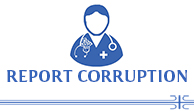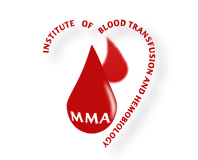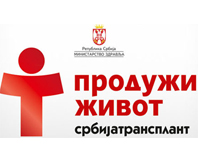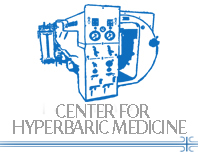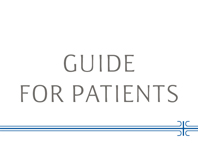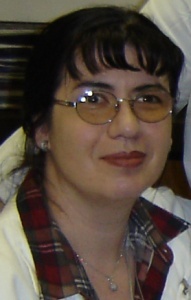
MMA at the Congress in Köln, new bridges of cooperation established
17. 07. 2008
Belgrade, July 8 - Assistant Professor Maja Šurbatović from the
Military Medical Acadmey attended the international medical congresses
in Köln from June 28-July 02, 2008, where she prsented the paper of
the goup of authors (Maja Šurbatović, MD, Major-General Prof. Miodrag
Jevtić, MD, PhD, Assist.Prof. Sanja Radaković MD, PhD, and Colonel
Prof. Nikola Filipović, MD, PhD, titled „Immune Response in War
Injuries with or without Secondary Sepsis“. The paper presented the
modern pathophysiologic approach to the syndrome of multiple organic
dysfunction in the wounded with the most severe explosive and blast
injuries and sepsis acquired during NATO bombing of Yugoslavia in 1999.
Wounded patient were observed at MMA for an immune response to war
trauma and infection. The abstract of this paper being the only one
from Serbia presented at this world’s level Congress was published in
the supplement of the SHOCK magazine. This paper done by a group of
authors from MMA drew special attention of American experts from one
of the largest military medical institutions - the United States Army
Institute of Surgical Research, Medical Research and Materiel Command
located in Fort Sam Houston base, Texas. It was agreed to establish
medical and scientific cooperation with them.
The latest world’s achievements in the fields of etiology, pathophysiology, sepsis and trauma treatment and intensive therapy as well were presented at medical congresses in Köln. It was concluded that in spite of advanced methods of treatment of critically ill cases, the incidence of severe sepsis increased to 300 per100 000 patients thus exceeding the incidence of heart diseases which is 220 per 100 000 people. Lethal rate of severe sepsis is practically equalized with the rate of acute myocardial infarction (about 250 000 lethal outcomes per year). The incidents of new sepsis cases show, according to the latest investigation, the tendency of growth of 1,5% - 1,8% per year, in spite of the fact that the IC units are equipped with state-of-the-art equipment and developed measures of support to threatened vital functions as well. Sepsis, the most commonly complicated with MODS syndrome, i.e. septic shock, is a leading cause of death reported in surgical units of the Intensive Care in both our country and in the world.
The latest world’s achievements in the fields of etiology, pathophysiology, sepsis and trauma treatment and intensive therapy as well were presented at medical congresses in Köln. It was concluded that in spite of advanced methods of treatment of critically ill cases, the incidence of severe sepsis increased to 300 per100 000 patients thus exceeding the incidence of heart diseases which is 220 per 100 000 people. Lethal rate of severe sepsis is practically equalized with the rate of acute myocardial infarction (about 250 000 lethal outcomes per year). The incidents of new sepsis cases show, according to the latest investigation, the tendency of growth of 1,5% - 1,8% per year, in spite of the fact that the IC units are equipped with state-of-the-art equipment and developed measures of support to threatened vital functions as well. Sepsis, the most commonly complicated with MODS syndrome, i.e. septic shock, is a leading cause of death reported in surgical units of the Intensive Care in both our country and in the world.

